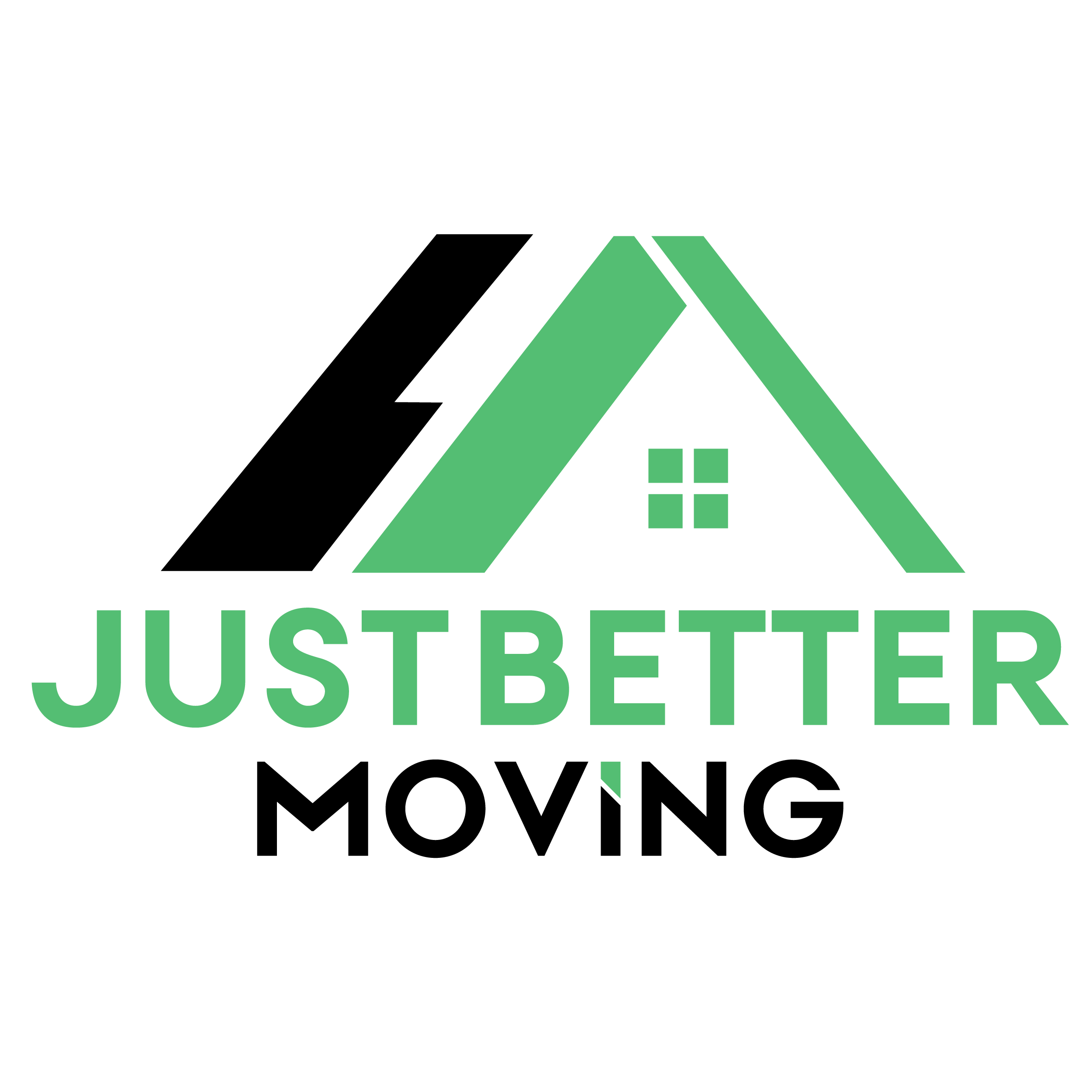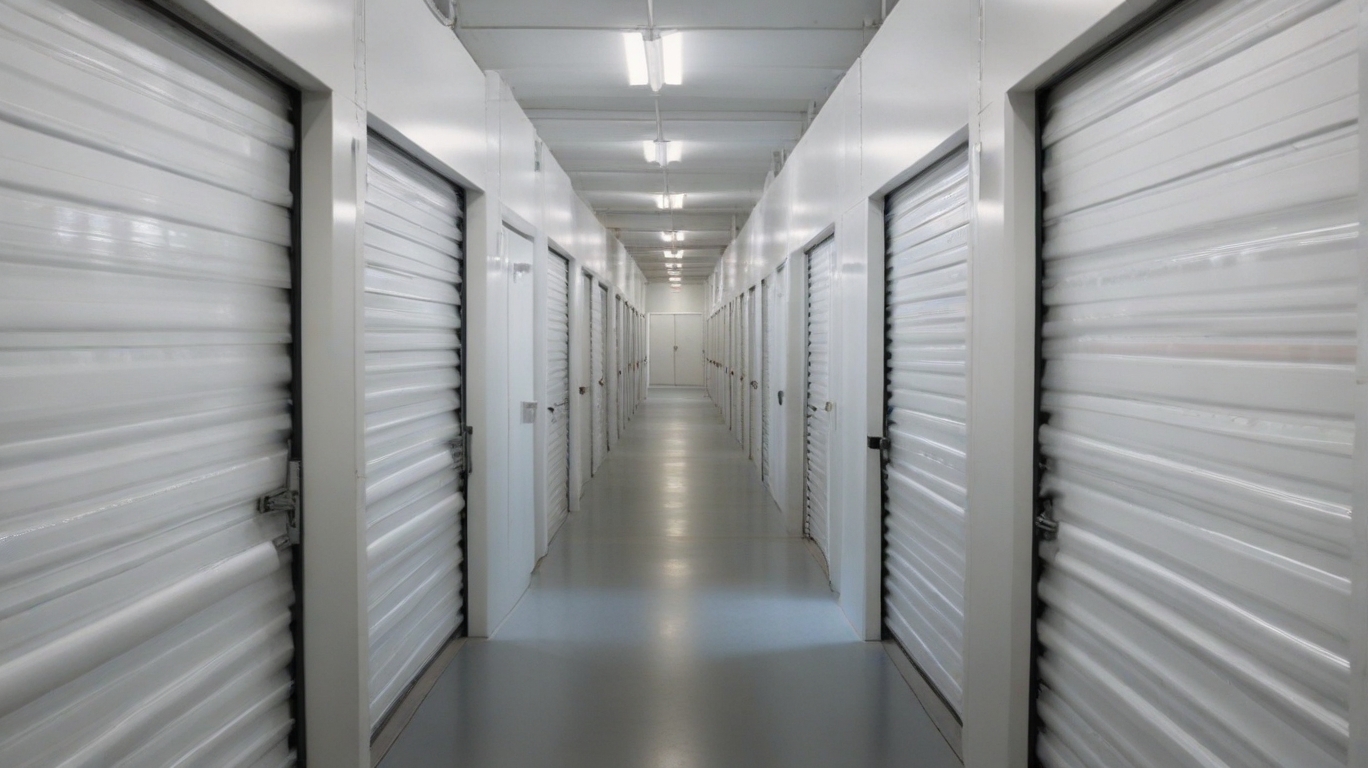Lower Your Homeowners Insurance For Your New Home
Homeowners insurance is a vital safeguard for your property, but that doesn’t mean you have to overpay for it. Many homeowners are unaware of the simple steps they can take to reduce their premiums without sacrificing essential coverage. By making strategic adjustments and staying proactive, you can save money while ensuring your home remains protected. Here are some effective tips to help you lower your homeowners insurance costs.

1. Review Your Policy Annually
One of the most overlooked ways to lower your homeowners insurance is to review your policy regularly. Over time, you may have added extra coverage or riders that are no longer necessary. For example, if you’ve paid off a loan or no longer need specific endorsements, removing them can lower your premium without compromising your protection . Additionally, reviewing your policy ensures you’re not paying for outdated or redundant coverage.
2. Increase Your Deductible
Raising your deductible—the amount you pay out of pocket before your insurance kicks in—can significantly reduce your monthly premiums. While this means you’ll assume more financial responsibility in the event of a claim, it’s a great option if you’re confident in your ability to cover minor repairs or damages . Just be sure to choose a deductible that aligns with your budget and risk tolerance.
3. Invest in Home Improvements
Did you know that upgrading your home can lead to insurance discounts? Adding features like storm shutters, impact-resistant roofing, or a security system can make your home safer and less prone to damage, which insurers reward with lower premiums . These improvements not only protect your property but also reduce the likelihood of filing a claim, saving you money in the long run.

4. Bundle Your Policies
If you have multiple insurance policies, such as auto or life insurance, consider bundling them with the same provider. Many insurance companies offer discounts for customers who combine their policies, which can lead to significant savings on your homeowners insurance. Bundling also simplifies your billing and communication with your insurer.
5. Shop Around for Better Rates
Insurance rates vary widely between providers, so it’s always a good idea to shop around. Compare quotes from multiple companies to find the best balance between cost and coverage. Even if you’re happy with your current insurer, getting quotes from competitors can give you leverage to negotiate a better rate. Remember, loyalty doesn’t always guarantee the best deal.
6. Take Advantage of Discounts
Many insurance companies offer discounts that you might not even be aware of. For example, you could qualify for savings if you’re a non-smoker, have a good credit score, or install safety features like smoke detectors and fire extinguishers. Be sure to ask your insurer about all available discounts to maximize your savings.
7. Avoid Over-Insuring Your Home
While it’s important to have adequate coverage, over-insuring your home can lead to unnecessarily high premiums. For instance, you don’t need to insure the land your home sits on, as it’s unlikely to be damaged. Focus on insuring the structure and your belongings to avoid paying for coverage you don’t need .

8. Maintain a Good Credit Score
Your credit score can have a surprising impact on your homeowners insurance rates. Insurers often use credit-based insurance scores to assess risk, and a higher score can result in lower premiums. Paying bills on time, reducing debt, and monitoring your credit report can help you maintain a strong credit score and save on insurance costs.
9. Consider Dropping Unnecessary Coverage
If your policy includes coverage for items or risks you no longer need, consider removing them. For example, if you’ve sold expensive jewelry or no longer require certain riders, dropping this extra coverage can reduce your premium . Just make sure you’re not leaving yourself underinsured in critical areas.
10. Stay Proactive with Your Insurance Agent
Finally, maintain open communication with your insurance agent. They can help you identify potential savings, explain policy changes, and ensure you’re taking full advantage of available discounts. Regular check-ins with your agent can also help you stay informed about new opportunities to lower your premiums .
Final Thoughts
Lowering your homeowners insurance premiums doesn’t have to be complicated. By reviewing your policy, making smart home upgrades, and exploring discounts, you can save money while keeping your home protected. Remember, the key is to strike a balance between affordability and comprehensive coverage. If you’re ready to take control of your homeowners insurance costs, start by implementing these tips today. A little effort now can lead to significant savings in the future!




